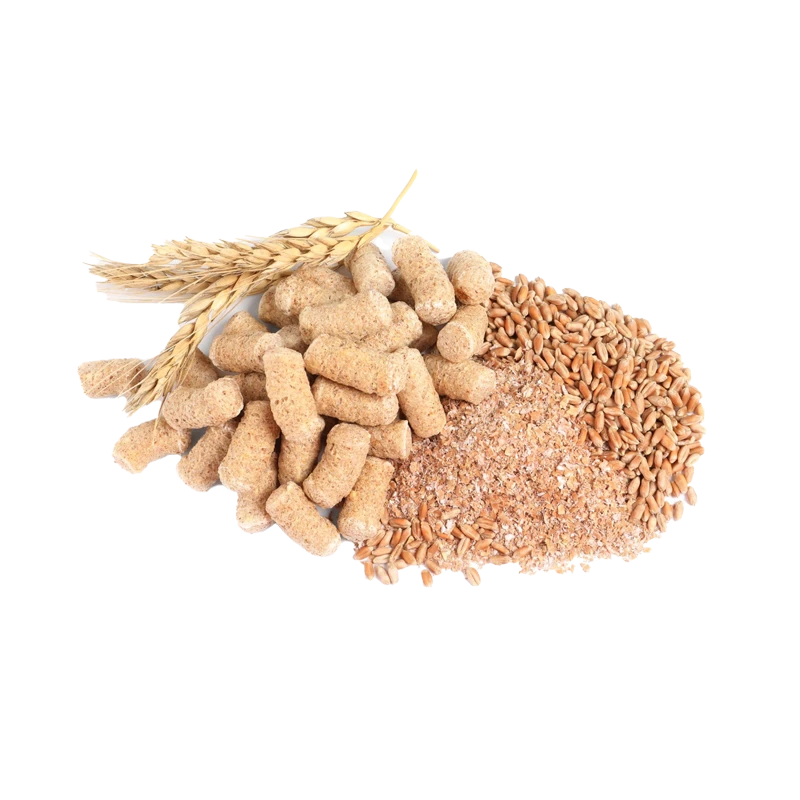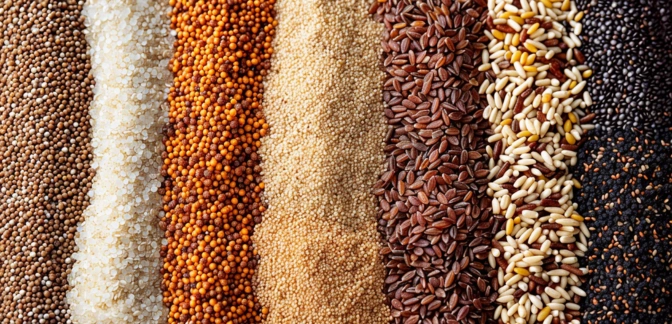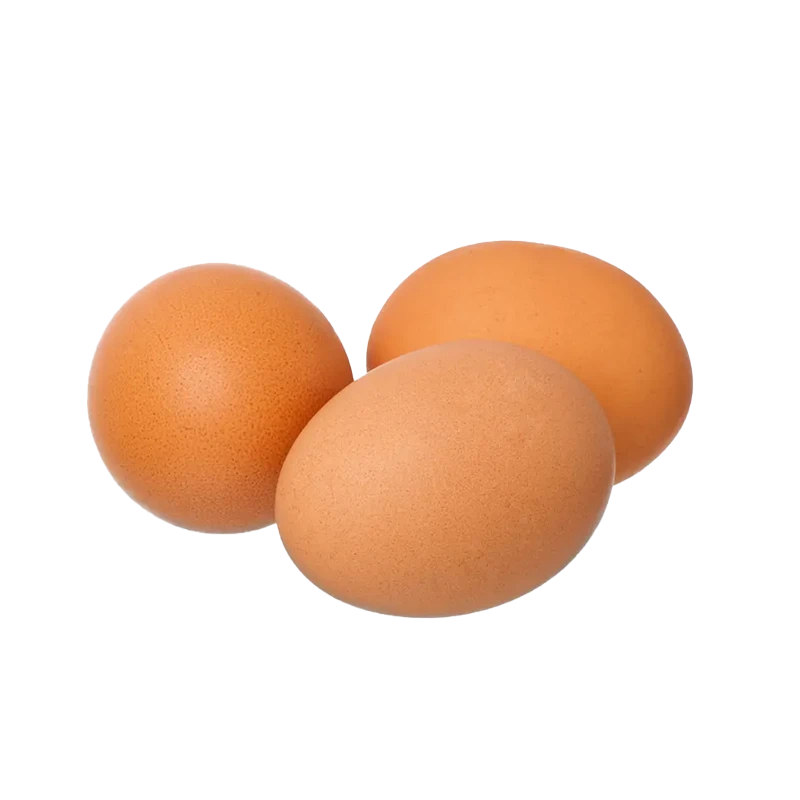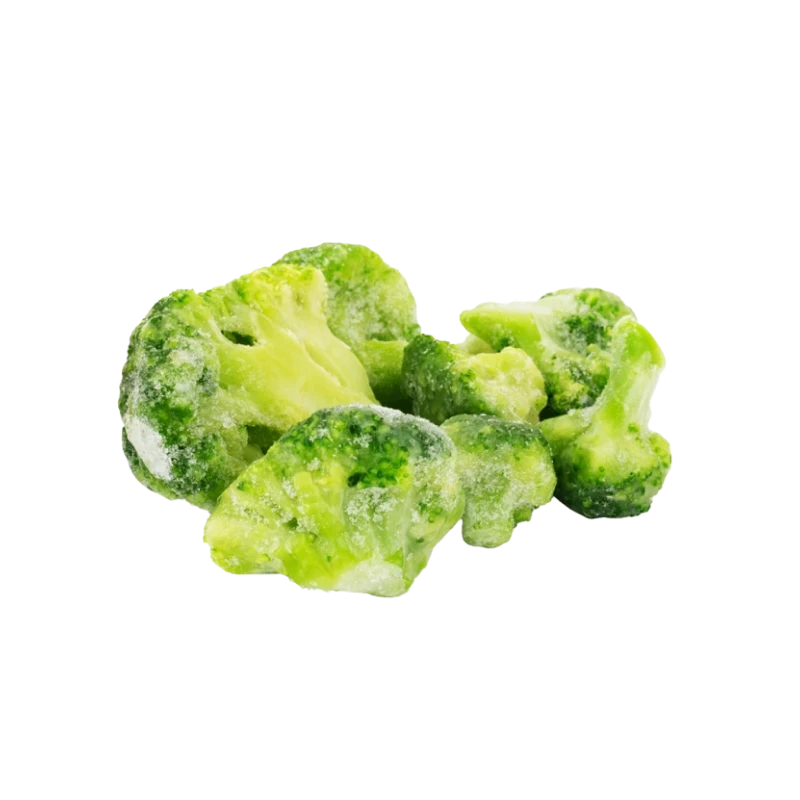Bran — Nutrients, Health Benefits, and Shopping Tips

Written by Listonic Team
Last update on September 4, 2024
Nutrients
Nutrition facts
Amount per 100 g
Calories
🔥 216 kcal
| Nutrients per: 100 g | Value | % Daily Value* |
|---|---|---|
| Carbs | 65 g | 23.64% |
| Fiber | 43 g | 153.57% |
| Sugars | 1 g | 2% |
| Glycemic Index | 0 | - |
| Protein | 16 g | 32% |
| Sodium | 2 mg | 0.09% |
| Total Fat | 4 | 5.13% |
*The % of Daily Value (DV) tells you how much a nutrient in a serving of food contributes to a daily diet. 2,000 calories a day is used for general nutrition advice.
43 g
✅ High Fiber Content
16 g
🧀 Good Protein Content
Key takeaways
Health benefits
- High in fiber, which supports digestive health, helps maintain regular bowel movements, and promotes a healthy gut microbiome.
- Supports heart health by helping to lower cholesterol levels and reduce the risk of heart disease.
- Rich in essential vitamins and minerals such as B vitamins, iron, magnesium, and zinc, which support overall health and well-being.
- Aids in weight management by increasing feelings of fullness and reducing overall calorie intake.
Health risks
- High fiber content which, while beneficial, can cause digestive discomfort such as bloating, gas, or diarrhea when consumed in large quantities.
- Phytic acid content which can inhibit the absorption of certain minerals, potentially leading to deficiencies if bran is a large part of the diet.
- Potential allergen particularly for individuals with wheat allergies or gluten sensitivity, causing symptoms like itching, swelling, or digestive issues.
- Risk of choking particularly for young children or the elderly if bran is not properly hydrated before consumption.
How to choose bran
When choosing bran, search for a product with a fresh, clean smell and a fine, even texture. It should be stored in a cool, dry place to preserve its nutritional properties. Bran is a valuable source of dietary fiber and should feel light and fluffy, not dense or clumped.
Reject bran that smells musty or stale, which can signal oxidation or exposure to moisture. Also, avoid bran that looks discolored or contains foreign particles, impacting its purity and effectiveness in recipes.

How to store bran
Bran should be stored in an airtight container in a cool, dry place. Refrigeration is recommended if you plan to keep it for an extended period. Properly stored bran can last up to six months.
Exposure to air and moisture can cause bran to spoil and lose its nutritional value. Storing it near heat sources is not advisable, as this can degrade its quality. Keeping bran away from strong odors prevents it from absorbing unwanted smells.
✅ Extra Tip
How long does it last?
Bran can last for 6-12 months when stored in an airtight container in a cool, dry place. For longer storage, bran can be kept in the refrigerator or freezer, where it can last up to 1-2 years.
What to do with leftovers?
Leftover bran can be used in a variety of healthy recipes. Add it to smoothies for a fiber boost, or mix it into oatmeal or yogurt for added texture and nutrition. Bran is also great in baking, where it can be incorporated into muffins, breads, or pancakes for a heartier, more nutritious option.
Use bran to make homemade granola or granola bars, where it adds a crunchy texture and extra fiber. It can also be mixed into meatloaf or veggie burgers to enhance their nutritional content. If you have a lot of bran, consider using it in a bran cereal or as a topping for baked goods like bread or muffins. Bran can also be blended into baked goods like cookies or cakes to increase their fiber content without compromising flavor.
👨⚕️️ Medical disclaimer
How bran supports specific health conditions
Bran is a fiber powerhouse that supports digestive health by promoting bowel regularity and preventing constipation. Its high fiber content also aids in blood sugar control, making it beneficial for individuals with diabetes. Bran may also promote heart health by lowering cholesterol levels and reducing the risk of heart disease.
Discover products from other categories
Listonic Team
Fact-checked
Our editorial team checked this article to make sure it was accurate at the time of publishing it.
Get the top-rated shopping list app







